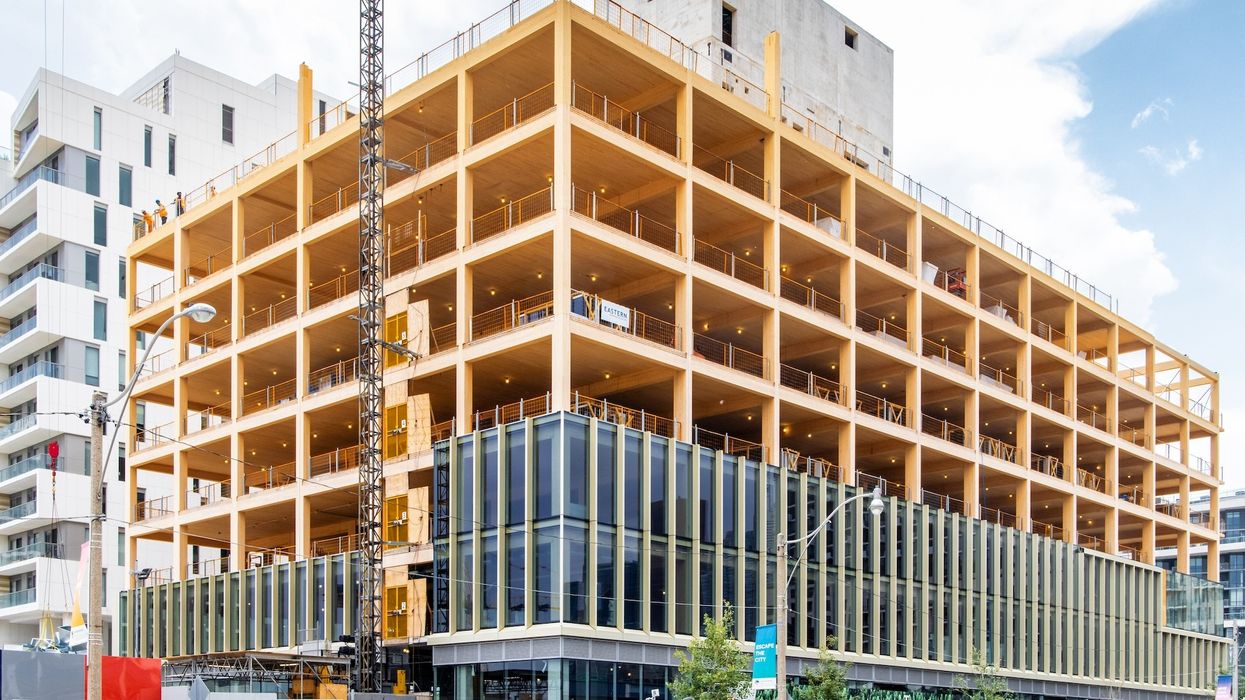Residential builders are facing some ambitious and imposing targets when it comes to constructing the number of new homes needed to make housing affordable. The challenge is made even more daunting by the fact they must also meet new government-imposed net-zero targets.
It is a tall order for the industry to double production of new homes while reducing greenhouse gas emissions and, at the same time, switch to new practices and more sustainable approaches to building.
Some would say it is not based in reality.
The residential construction industry is already an established leader when it comes to green building in North America and Canada’s National Building Code (NBC) establishes the response to our collective climate action strategy for all new construction. However, some municipalities want to push the envelope even further with their own, more aggressive green development standards.
This is fraught with difficulties. While it is admirable these municipalities have recognized our collective climate emergency, it is ludicrous to expect the residential construction industry to pivot overnight.
By proposing their own green development standards, the municipalities are undermining the Canadian code and deviating from the national strategy for building energy efficiency and resiliency and all but ignoring subject matter experts who have put considerable thought into the issue.
Disturbingly, they are trying to short cycle established due process.
In Ontario, for example, some individual municipalities are proposing to enact new green development standards that are more stringent than those in the Ontario Building Code (OBC) Act. But bypassing the national and Ontario codes will only result in higher construction and development costs.
Building greener homes is a good idea but the residential construction industry needs time to adapt. In other words, we must walk before we can run.
The industry is already facing a perfect storm of issues, namely interest rate hikes, inflation, material and labour shortages and supply chain issues. Now is not the time to pile on. It’s a recipe for disaster.
These individual municipalities also do not have the legislative authority to enact their own separate standards. The provincial building code takes precedence over all other legislation affecting the built form and technical construction details, including bylaws that are set by municipalities.
The Planning Act and site plan control can be used to regulate the look and character of a building, but they can not be used to establish requirements for the physical construction of a building or materials. This is clear in the site plan control guide of the Ministry of Municipal Affairs and Housing.
This is not the time for amateur hour. Municipalities should not be undermining the national directive and process.
National and provincial building codes are already working to make homes greener and more energy efficient. The federal Emissions Reduction Plan, for instance, requires residential buildings to use 61% less energy by 2025, and 65% less by 2030.
Unfortunately, all this is coming amid an affordability crisis, and it will undoubtedly increase the cost of a home.
For municipalities to implement their own green development standards, in-house planning department staff would need the technical competency in building science or construction practices to understand and properly assess applications. The approvals process is already too slow and such standards would only make the problem worse by adding another layer of complexity.
For example, one such Ontario municipality is proposing that all buildings be designed to be solar-ready. However, there are many different approaches to achieving that goal and without sufficient details of a proposal, it would be difficult for staff to constructively comment on its viability.
There is also the added wrinkle of municipalities implementing a proposal on embodied carbon, a policy area that has yet to be formalized in the provincial code. It would be irresponsible for municipalities to address such a complex issue that hasn’t been fully developed in the technical community.
There is a pressing need to make housing more affordable, however it is unlikely that green building proposals being considered by municipalities will address that issue. In fact, they will do the opposite.
Before trying to impose green building standards that are beyond those legislated by the provincial code, municipalities should consider the end game. Continually moving the yardsticks and putting unrealistic hurdles in the way of the residential construction community – without giving builders the time to adapt and adopt new technology and practices – will only lead to fewer homes being built.
And nobody wins in that scenario.





















